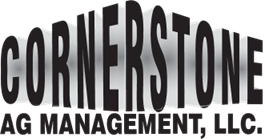Increase Early Lactation Milk Production with Short-day Lighting During the Dry Period
Did you know that adjusting light exposure can affect early lactation milk yield? Mike Wolf from AgProud shines a light on how short-day lighting during the dry period could enhance milk production. 🐄💡
“Utilizing short-day lighting in barns housing dry cows for the entire 60-day dry period may positively impact milk production during the upcoming lactation.
Short-day lighting may be the next low-hanging fruit to address on your dairy. There have been many studies in the last 20-plus years that have found a positive correlation between utilizing a long-day photoperiod in barns housing lactating dairy cattle and increased marginal milk and overall milk production.”
To learn more: Read the full article by Mike Wolf with Progressive Dairy












